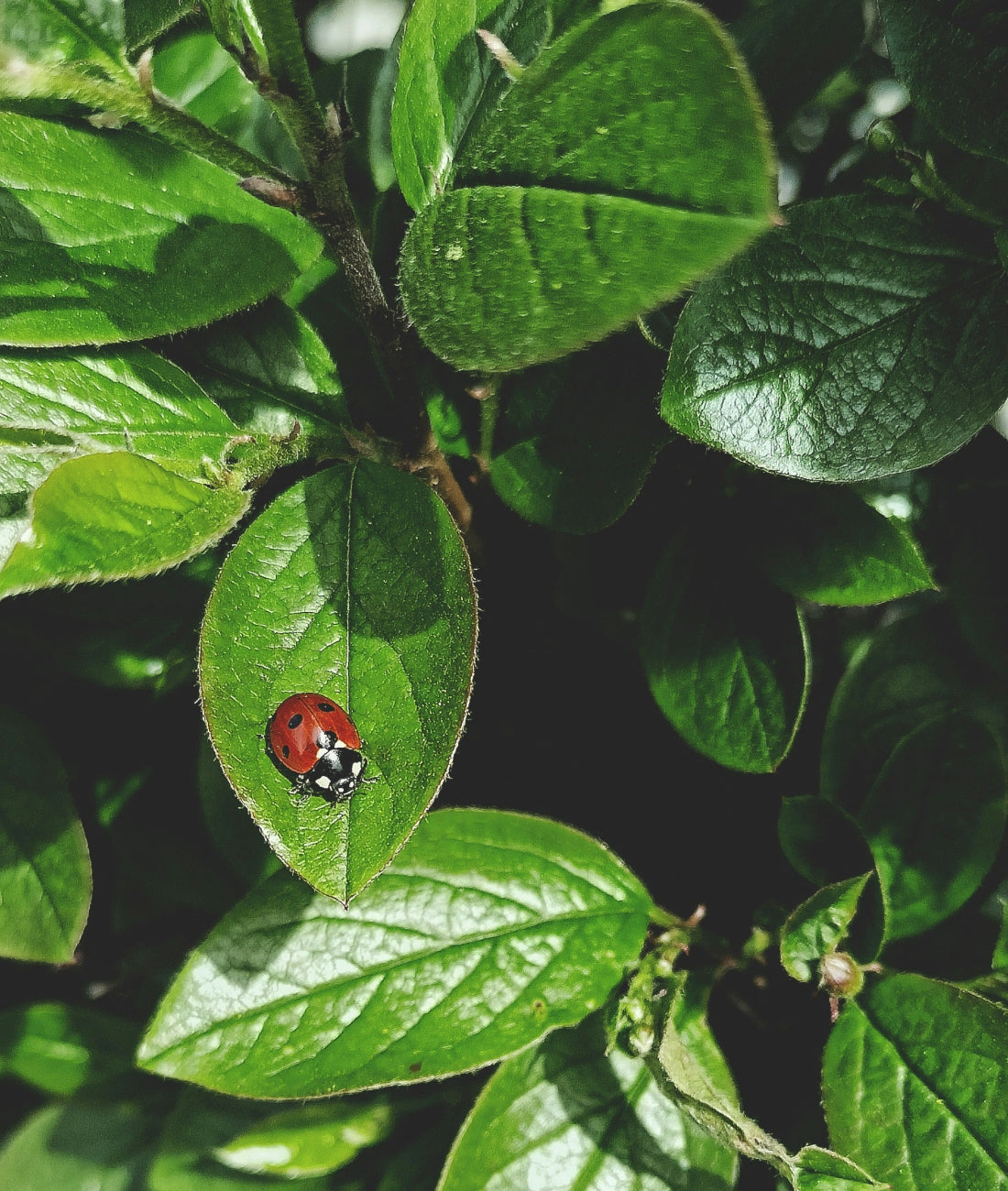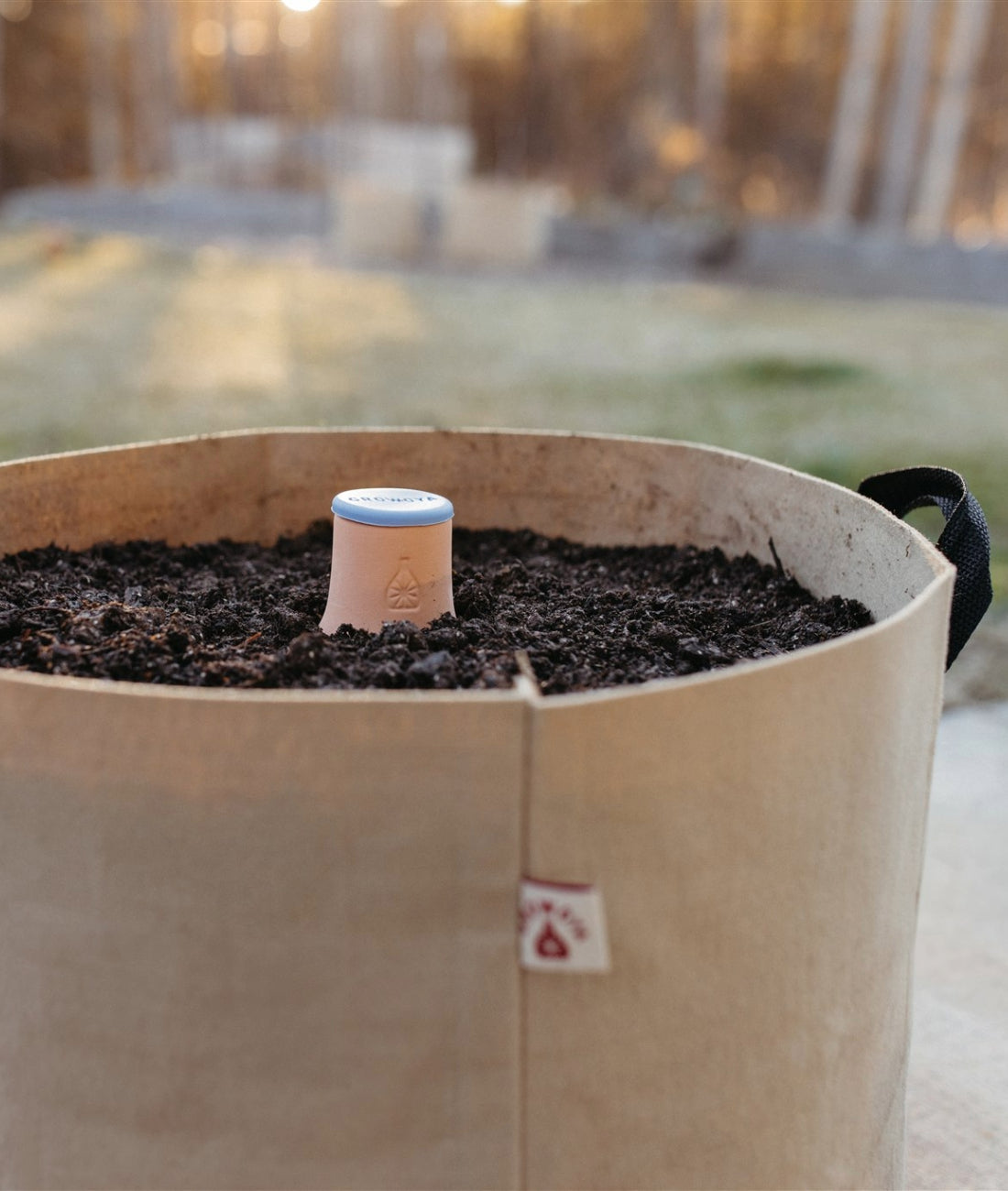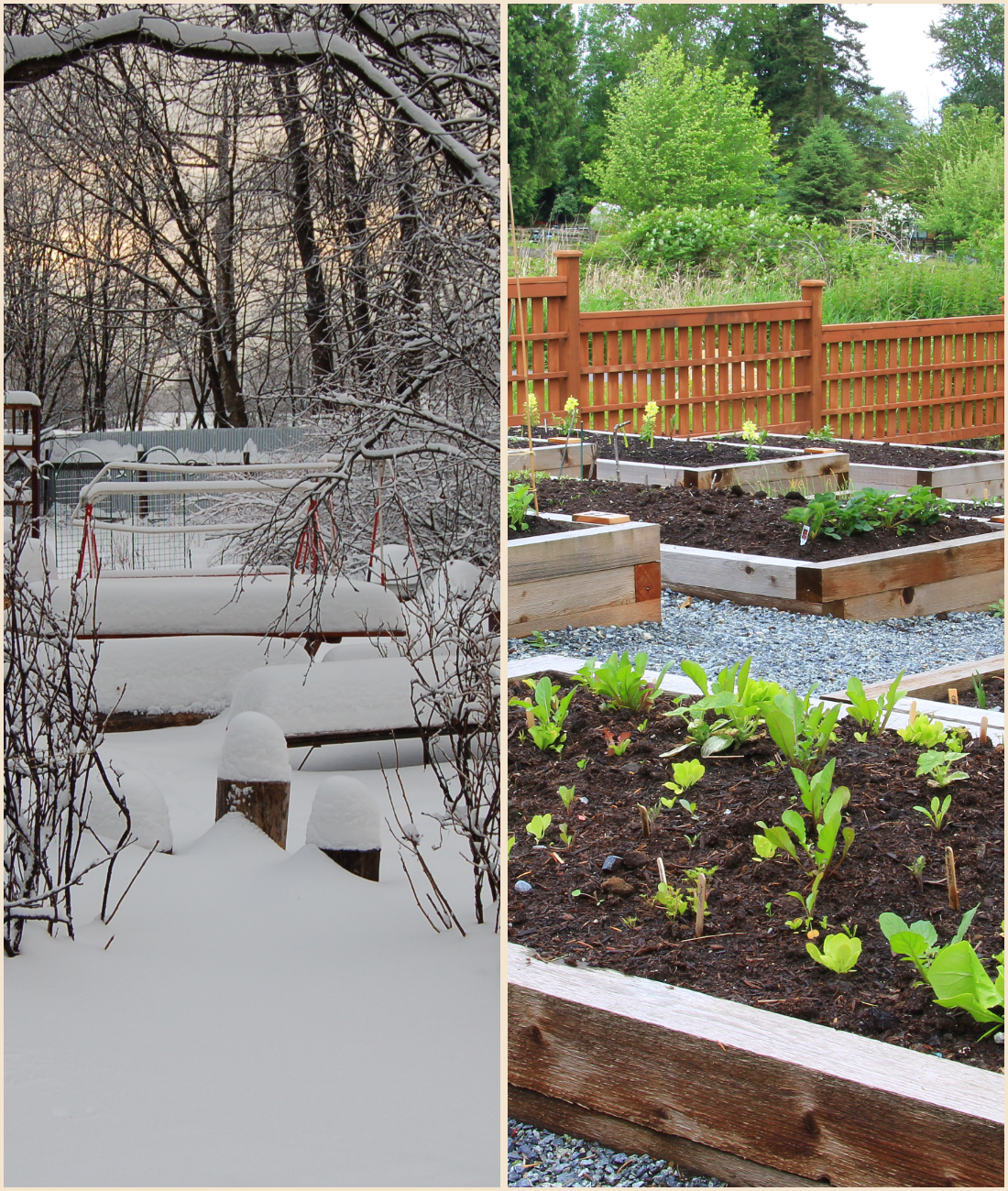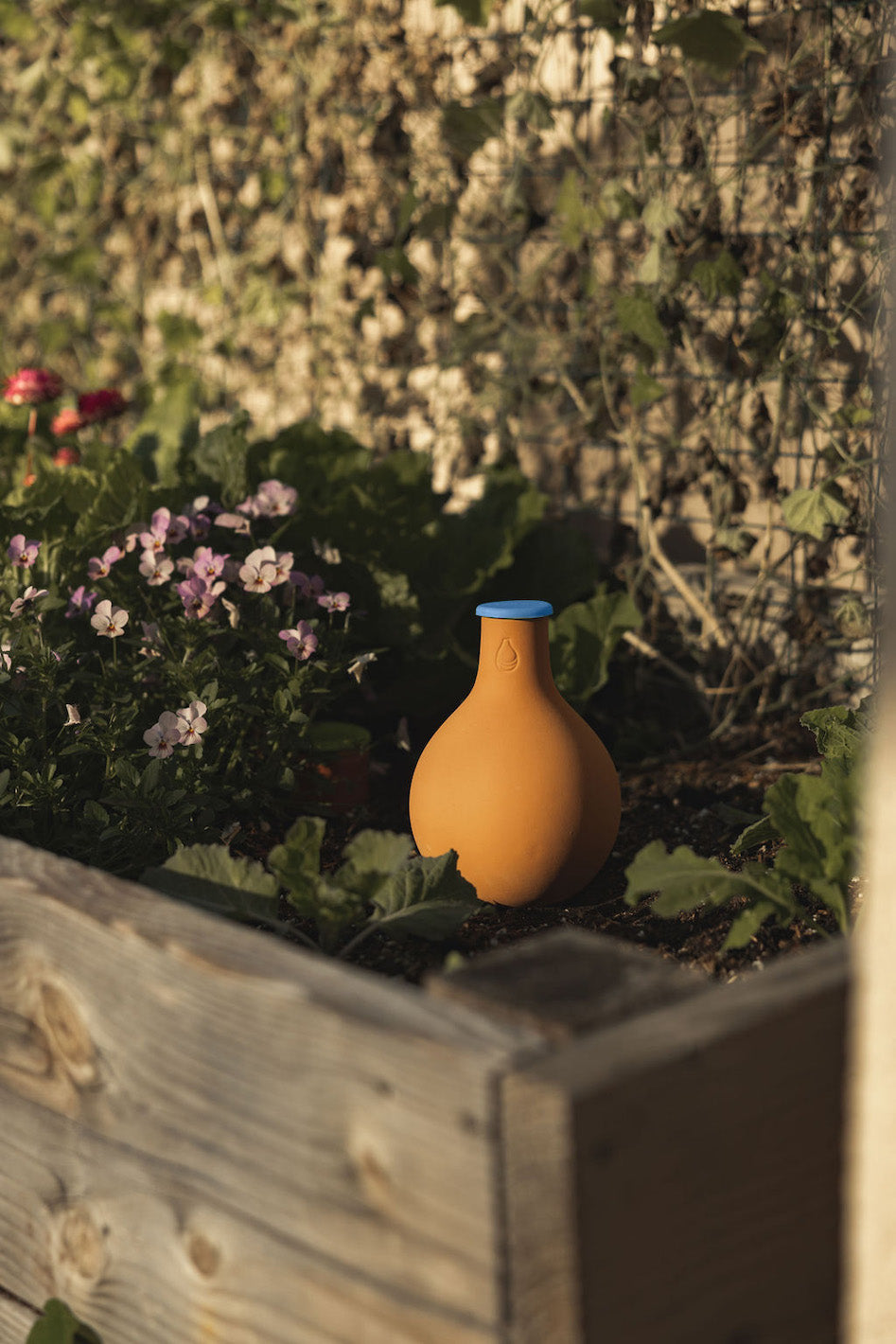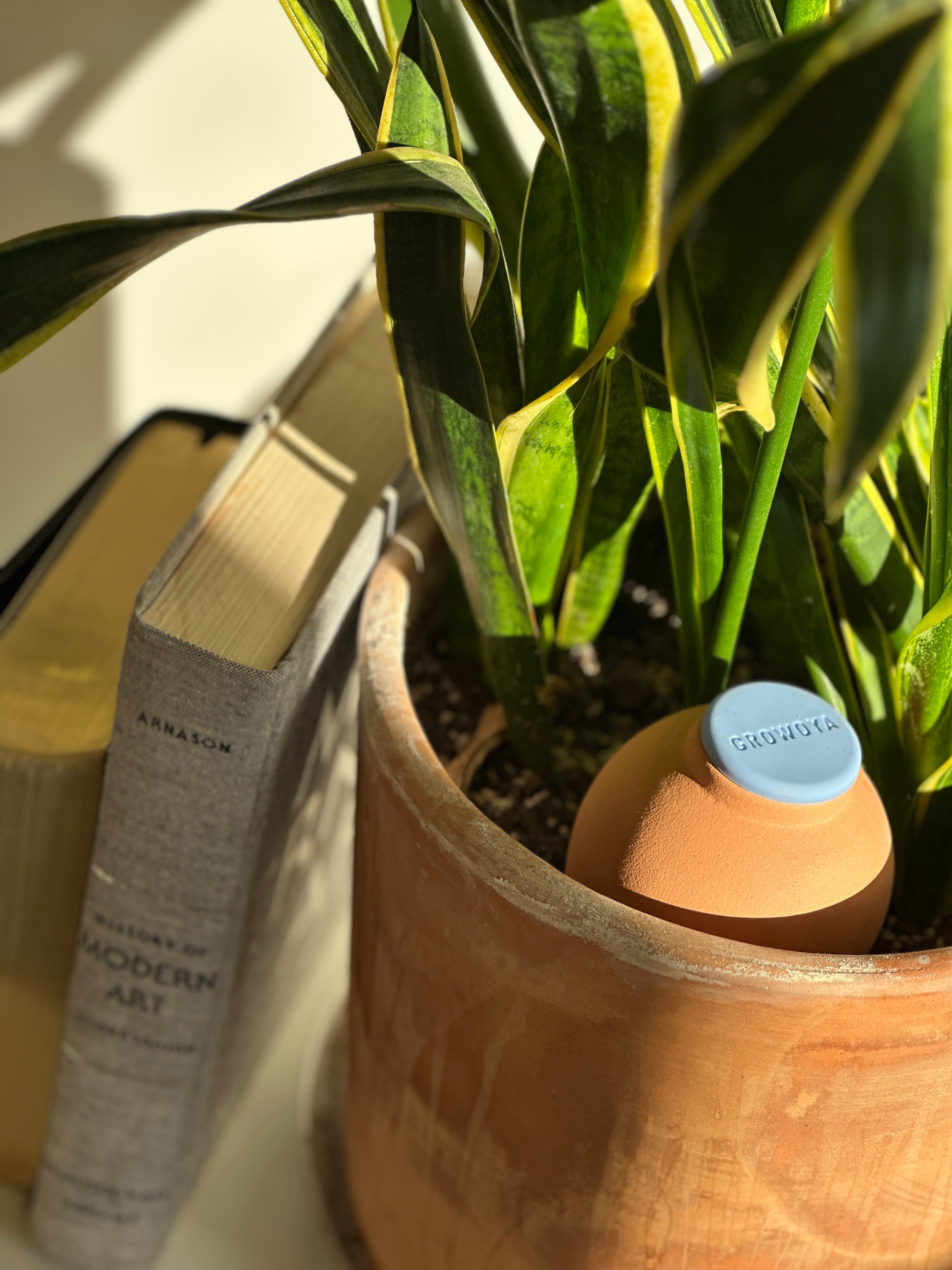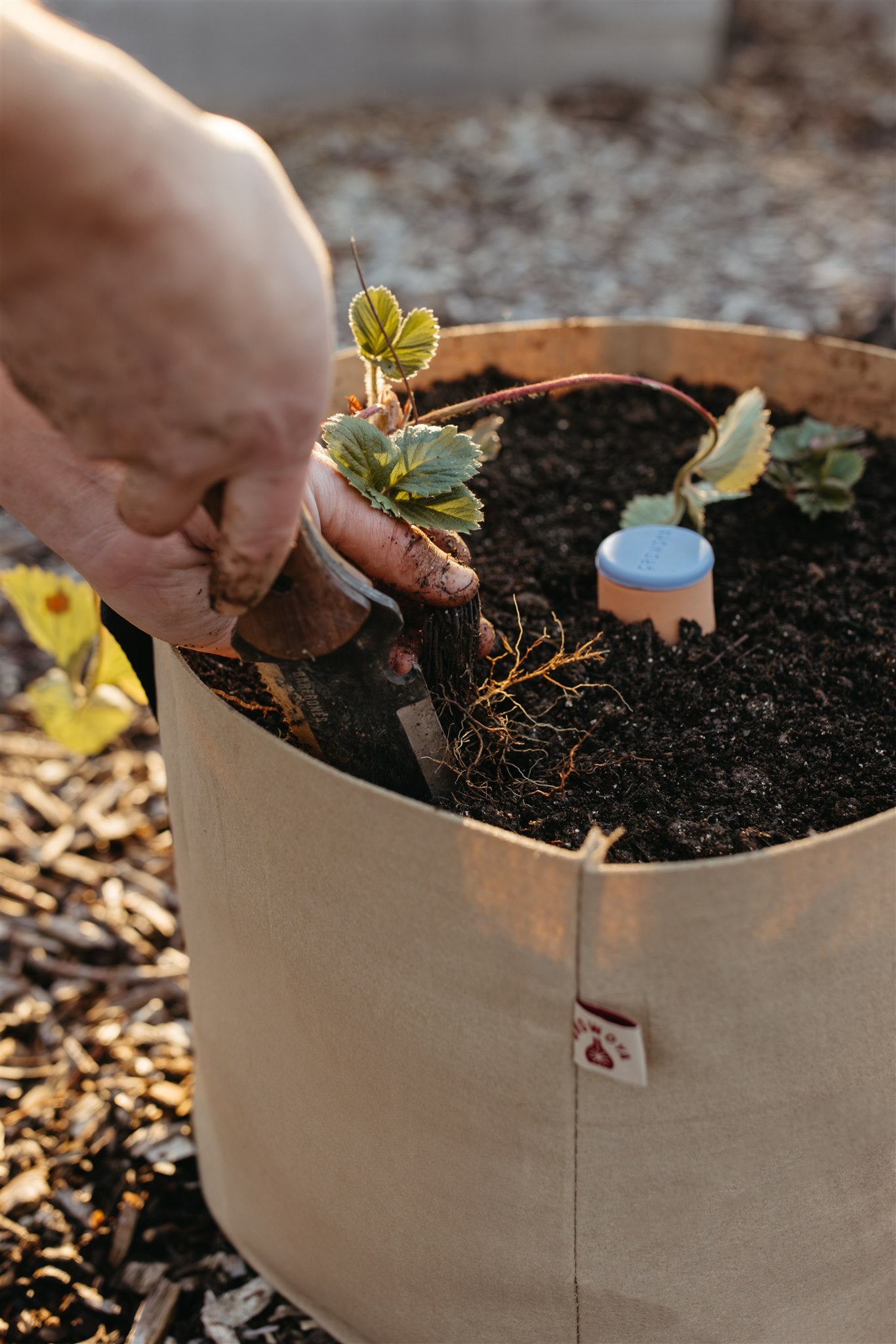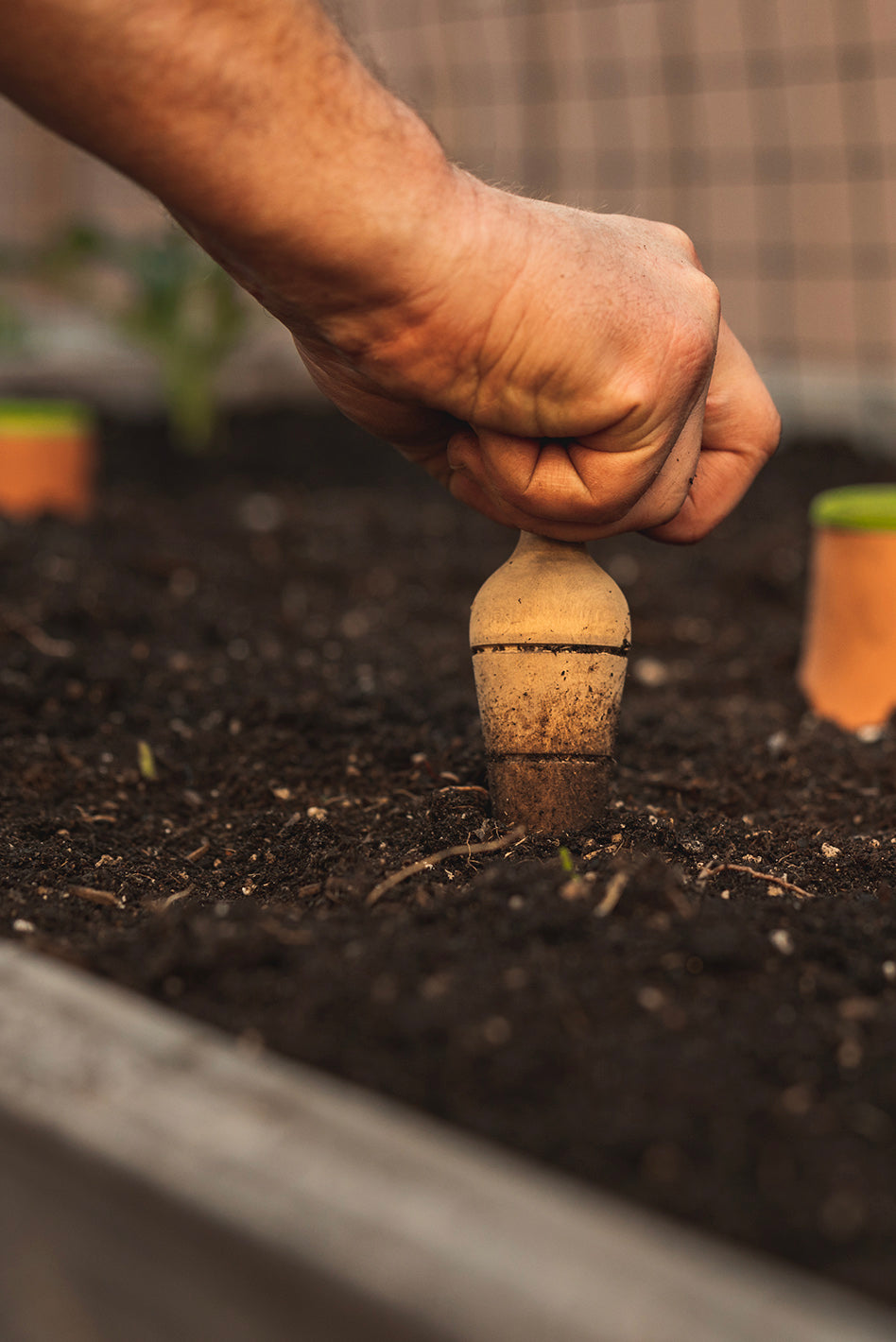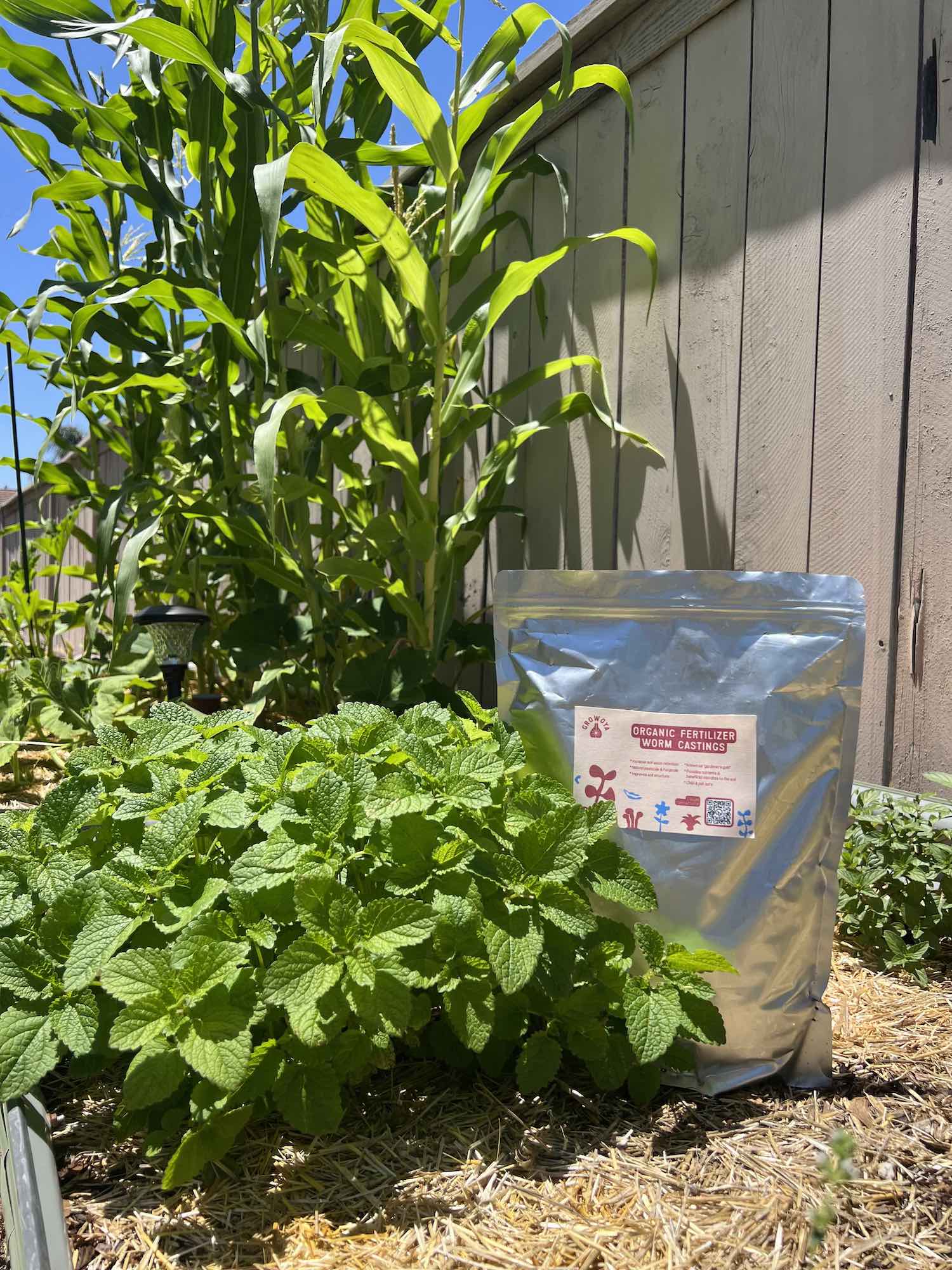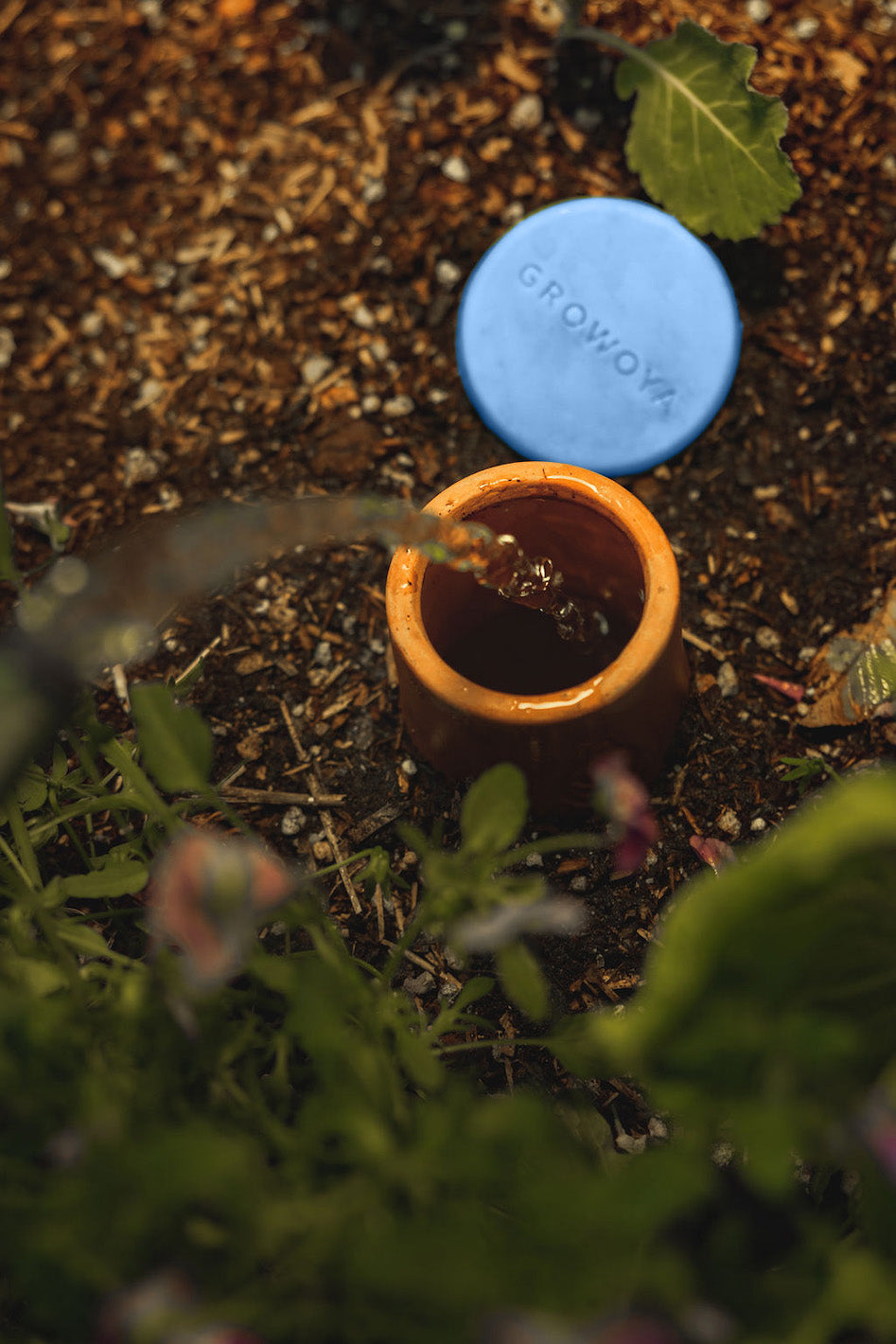Natural Methods for Pest Control in the Garden
Every gardener knows the frustration of dealing with pests that threaten to devour their hard work. While chemical pesticides might seem like a quick fix, they can harm beneficial insects and disrupt the ecosystem. Embracing natural methods for pest control not only protects the environment but also creates a healthier, more sustainable garden.
Why Choose Natural Pest Control Methods?
Using natural pest control methods in the garden offers several benefits. Firstly, they are safer for the environment. Chemical pesticides can contaminate soil and water, harming wildlife and beneficial insects. Secondly, natural methods can be cost-effective. Many organic solutions use common household items or plants you already have in your garden. Finally, adopting these methods promotes biodiversity, helping to create a balanced ecosystem where pests are naturally kept in check by their predators.
Understanding Common Garden Pests
Before diving into natural pest control methods, it's essential to understand the common pests that might invade your garden. Here are a few:
- Aphids: Small, soft-bodied insects that suck sap from plants.
- Slugs and Snails: Mollusks that feed on leaves, stems, and flowers, often leaving holes in their wake.
- Caterpillars: Larval stage of butterflies and moths, known for their voracious appetites.
- Leaf Miners: Insect larvae that burrow into leaves, creating visible trails.
- Whiteflies: Tiny, white-winged insects that suck sap and excrete honeydew, leading to sooty mold.
Understanding these pests' life cycles and behaviors is crucial for effective natural pest control.
Using Covers for Pest Control in the Garden
One of the simplest and most effective ways I've found to protect my crops is by using covers. Insect mesh, bird netting, and butterfly netting can all be used to shield plants from various pests. Insect mesh, with its fine gauge, is particularly useful for keeping out small flying insects like leaf miners and carrot flies. By covering my plants early in their growth, I can prevent pests from finding them in the first place.
Types of Covers
- Insect Mesh: Ideal for small flying insects like aphids and carrot flies. Ensure it is tightly secured to prevent any gaps.
- Bird Netting: Protects fruits and vegetables from birds.
- Row Covers: Floating row covers can protect plants from a variety of pests and also help with temperature regulation.
Manual Pest Removal in My Garden
Sometimes, I need to get hands-on with pest control in my garden. Removing pests by hand can be effective, especially with early infestations. For aphids, I cut off affected foliage or use a strong jet of water to blast them off. Leaf miners can be squashed within the leaf, and slugs can be trapped using shady refuges like grapefruit shells. Early detection and immediate action are key to keeping pest populations in check.
Techniques for Manual Removal
- Water Spray: Use a strong jet of water to dislodge aphids and other small insects.
- Handpicking: Regularly inspect plants and remove pests by hand.
- Traps: Use beer traps for slugs and snails or create physical barriers like copper tape.
Attracting Beneficial Insects for Natural Pest Control
Not all bugs are bad. Beneficial insects like ladybugs, parasitic wasps, and lacewings prey on common garden pests. By planting flowers and herbs that attract these helpful insects, I can create a natural defense system. Dill, fennel, parsley, thyme, and marigolds are excellent choices for attracting beneficial bugs.
Plants That Attract Beneficial Insects
- Dill: Attracts lacewings and parasitic wasps.
- Fennel: Loved by ladybugs and hoverflies.
- Parsley: Attracts beneficial predatory insects.
- Thyme: Helps attract bees and other pollinators.
- Marigolds: Repel nematodes and attract beneficial insects like ladybugs.
Creating a Beneficial Insect Habitat
- Diverse Plantings: A variety of plants can provide continuous blooms and habitats for beneficial insects.
- Avoid Pesticides: Even organic pesticides can harm beneficial insects.
- Provide Water: Shallow dishes with water and pebbles can help attract beneficial insects.
Companion Planting for Pest Control in the Garden
Companion planting is another effective strategy I use for controlling pests in my garden. Certain plants can deter pests when grown alongside my vegetables. For example, marigolds help control cabbage moths, and herbs like basil and mint repel various insects. Integrating these plants into my garden not only helps with pest control but also adds diversity and beauty.
Effective Companion Plants
- Marigolds: Deter nematodes and cabbage moths.
- Basil: Repels mosquitoes and flies, and enhances the flavor of tomatoes.
- Mint: Deters ants, aphids, and flea beetles.
- Chives: Repel aphids and Japanese beetles.
- Nasturtiums: Attract aphids away from other plants.
Companion Planting Tips
- Plant Diversity: Mixing different plants can confuse pests and reduce the chance of infestation.
- Spacing: Ensure proper spacing for air circulation and to avoid competition for nutrients.
- Rotate Crops: Avoid planting the same crops in the same spot each year to reduce pest buildup.
Natural Remedies for Pest Control in My Garden
Homemade remedies can be surprisingly effective against garden pests. Crushed eggshells can deter cutworms, and dish soap mixed with water can serve as a contact spray for concentrated infestations. Maintaining soil health by addressing nutrient deficiencies can also make plants less attractive to pests. For example, adding greensand to a cucumber bed can prevent cucumber beetles by addressing a potassium deficiency.
Homemade Pest Control Recipes
- Dish Soap Spray: Mix one tablespoon of dish soap with one quart of water. Spray directly on pests like aphids and mites.
- Neem Oil: Mix two tablespoons of neem oil with one gallon of water. Spray on plants to repel various pests.
- Garlic Spray: Blend two garlic bulbs with one quart of water. Let sit overnight, strain, and spray on plants to deter insects.
Soil Health and Pest Prevention
- Compost: Regularly add compost to improve soil fertility and health.
- Mulch: Use mulch to retain moisture and suppress weeds.
- Crop Rotation: Rotate crops to avoid pest buildup in the soil.
Organic Sprays for Severe Infestations
When infestations are severe, organic sprays can provide relief. Neem oil, pyrethrin extract, and Bacillus thuringiensis (BT) are all natural options that can target specific pests. I find it crucial to use these sprays sparingly and only in the evening to minimize impact on beneficial insects. I always aim to be as targeted as possible to avoid unnecessary harm.
Types of Organic Sprays
- Neem Oil: Effective against aphids, spider mites, and whiteflies.
- Pyrethrin: Derived from chrysanthemums, it's effective against a wide range of pests but should be used sparingly.
- Bacillus thuringiensis (BT): Targets caterpillars and larvae without harming other insects.
Best Practices for Using Organic Sprays
- Evening Application: Apply in the evening to minimize impact on beneficial insects.
- Spot Treatment: Target specific areas to avoid unnecessary harm.
- Follow Instructions: Always follow the manufacturer’s instructions for dilution and application.
Biological Control Methods
Biological control involves using natural predators or parasites to control pest populations. This method can be highly effective and sustainable.
Parasitic wasps lay their eggs inside or on pests like caterpillars and aphids. The wasp larvae then feed on the host, controlling pest populations.
Using Barriers and Traps
Physical barriers and traps can effectively prevent pests from reaching your plants.
Barriers
- Copper Tape: Deters slugs and snails from climbing onto plants.
- Sticky Traps: Catch flying insects like whiteflies and aphids.
- Floating Row Covers: Protect plants from a variety of pests while allowing sunlight and moisture to reach the plants.
Traps
- Beer Traps: Attract and drown slugs and snails.
- Pheromone Traps: Attract specific pests like moths using pheromones.
- Yellow Sticky Traps: Attract and trap flying insects.
Integrated Pest Management (IPM)
Integrated Pest Management (IPM) is a holistic approach that combines multiple strategies for effective pest control.
Steps of IPM
1. Monitoring: Regularly inspect plants for signs of pests.
2. Identification: Correctly identify pests to choose the best control method.
3. Prevention: Use cultural practices like crop rotation and proper spacing to prevent pest problems.
4. Control: Use a combination of biological, mechanical, and chemical methods to control pests.
Benefits of IPM
- Reduced Chemical Use: Minimizes the need for chemical pesticides.
- Sustainable: Promotes long-term pest control.
- Cost-Effective: Can reduce costs associated with pest damage and chemical treatments.
Encouraging Natural Predators
Creating a garden environment that attracts natural predators can help control pest populations.
Providing Habitats
- Birdhouses: Attract birds that feed on insects.
- Bat Boxes: Bats can consume large quantities of insects.
Plant Diversity
A diverse garden with a variety of plants can attract different predators, creating a balanced ecosystem.
Water Management
Proper water management can help prevent pest problems.
Watering Techniques
- Drip Irrigation: Reduces the risk of fungal diseases and minimizes water waste. Learn more about our Oya™ Watering Pots and how they work.
- Morning Watering: Water in the morning to allow plants to dry out during the day, reducing the risk of fungal infections.
Avoid Overwatering
Overwatering can create ideal conditions for pests like slugs and snails. Ensure proper drainage and avoid waterlogging.
Seasonal Pest Control Strategies
Different pests are active during different times of the year. Tailoring your pest control strategies to the seasons can improve effectiveness.
Spring
- Monitor for Early Pests: Inspect for aphids and caterpillars.
- Use Covers: Protect young plants with row covers.
Summer
- Attract Beneficial Insects: Plant flowers that attract beneficial insects.
- Handpick Pests: Regularly check plants and remove pests by hand.
Fall
- Clean Up: Remove plant debris that can harbor pests over winter.
- Mulch: Apply mulch to protect soil and prevent weed growth.
Winter
Conclusion
By adopting these natural methods for pest control in the garden, hopefully you'll be able to keep your garden healthy and thriving without resorting to harmful chemicals. Embracing organic practices has made my garden not only more sustainable but also more resilient to pests. Natural pest control methods protect the environment, promote biodiversity, and create a healthier garden ecosystem.
For more gardening tips and tricks you can find me on our social platforms. Just click the link below.
Happy gardening,
Josh, Co-Founder

